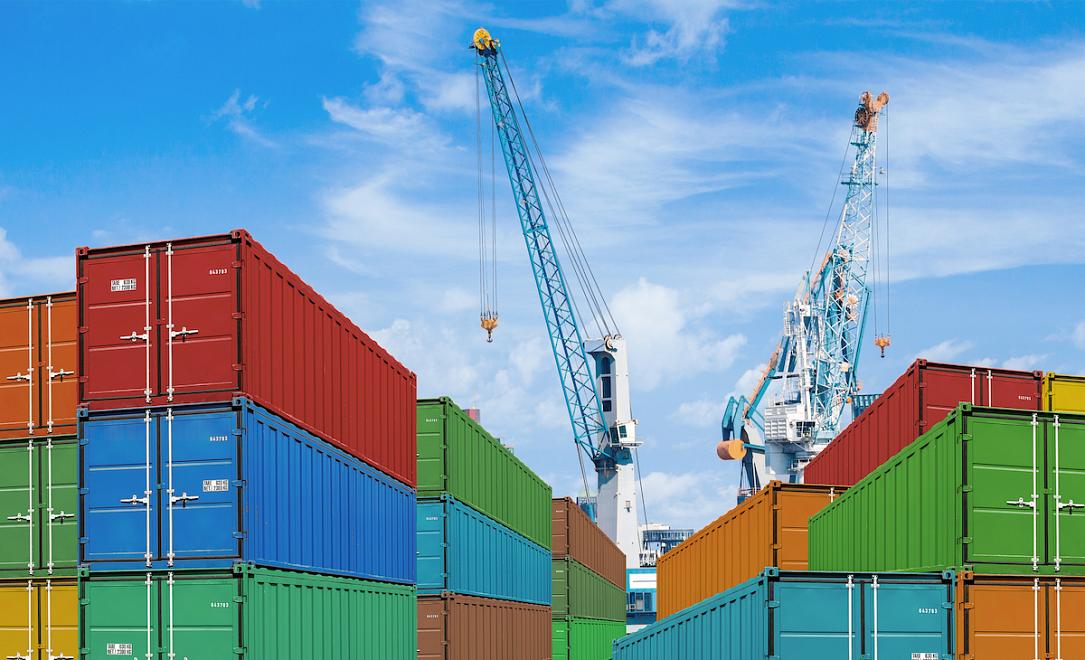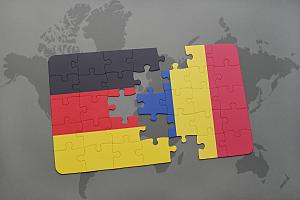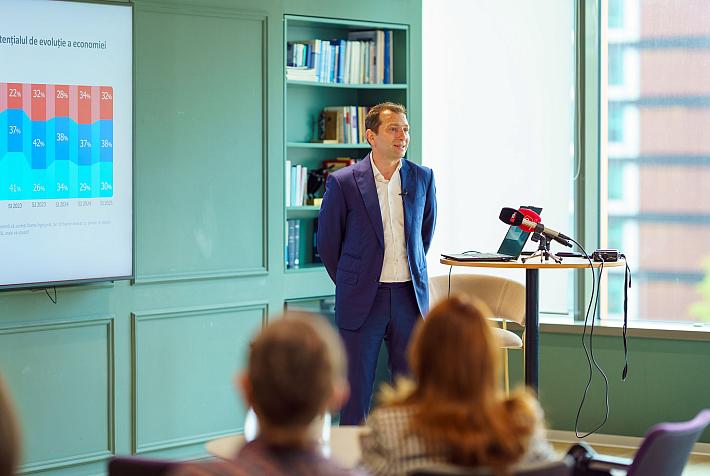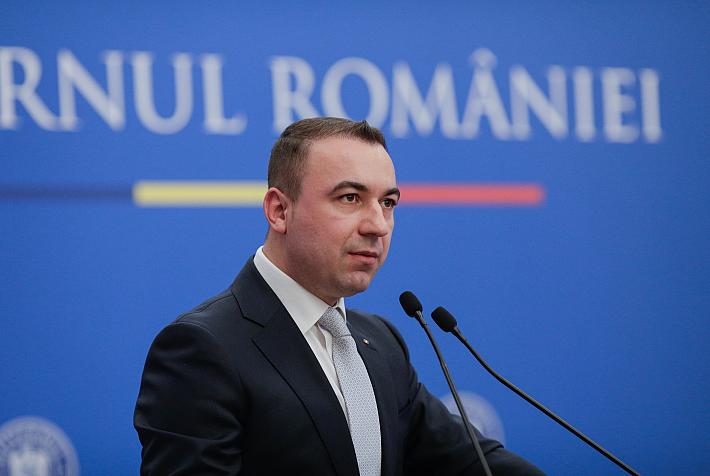Romania’s trade gap hits new record in July

According to data released by the statistics office INS, Romania’s trade deficit (goods) increased by 52% YoY to EUR 3.3 bln in July - a new record in nominal terms. The exports increased by 24% YoY to EUR 7.9 bln, and the imports surged by 31% YoY to EUR 11.2 bln.
The general increase in prices, particularly the energy prices (Romania imports some ⅔ of the oil it refines and 10%-20% of the natural gas it needs, not to mention the increasingly significant imports of electricity), contributed to more prominent figures on both sides of the country’s trade balance, accompanied by wider nominal trade gap.
The trade deficit (goods) in Q2 reached 10.1% of the total domestic demand for consumption, investments and inventory - up from 8.8% in the same period last year. For the four quarters ending June, the ratio was 9.7% - up from 8.5% one year earlier and 8.2% two years earlier.
The ratio, which reflects the share of domestic demand not covered by domestic production, reached 15% in 2007 before the 2008-2009 recession and BoP crisis.
Consequently, the record nominal trade gap reflects rising structural imbalances, and it is not only the result of global inflation.
Expressed in constant prices (RON 2000), Romania’s quarterly exports have remained roughly steady at RON 20 bln since 2016, while the imports rose from some RON 35 bln to RON 45 bln (and over RON 50 bln in the second quarter this year).
The financial resources behind the rampant net import of goods are diverse: starting from the net export of services to the wage remittances to the money spent by the refugees from Ukraine, including the transfers from international donors.
Romania’s external debt (public debt component) has also increased over the first six months of the year by some EUR 3 bln (not much above 1% of GDP). For comparison, equity FDI generated only EUR 572 mln net inflows.
The inflows under the Resilience facility are expected to support wide trade deficit readings in the coming quarters with a minor impact on the BoP’s stability - but the country’s stagnant exports (goods) constitute a major structural weakness with deep roots: the low value-added industrial structure, a chronic lack of innovation and leadership and scarce investments in education and research.
The recent global adverse developments only added to the intrinsic weaknesses of the country’s economy.
In contrast, the sector of B2B services (IT and support services) is gradually developing, driven by a more bullish outlook for the sector globally, lower capital requirements and lower entry barriers. The two sectors of the tertiary sector taken together generated a total value added that was half as large as that caused by the whole industry (mining, manufacturing, utilities) in Q2 while also posting robust trade surpluses.
iulian@romania-insider.com
(Photo source: Andreykuzmin | Dreamstime.com)












